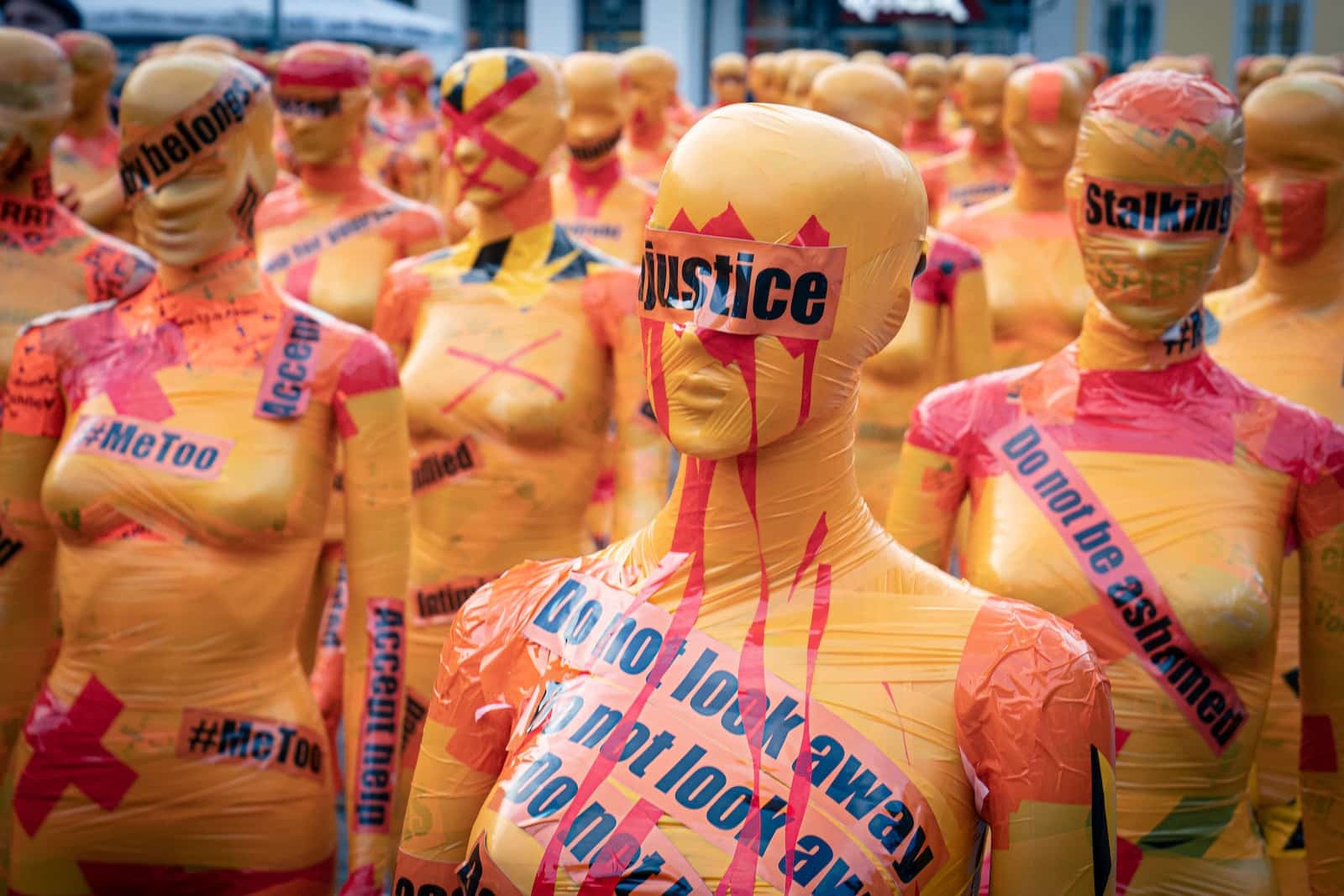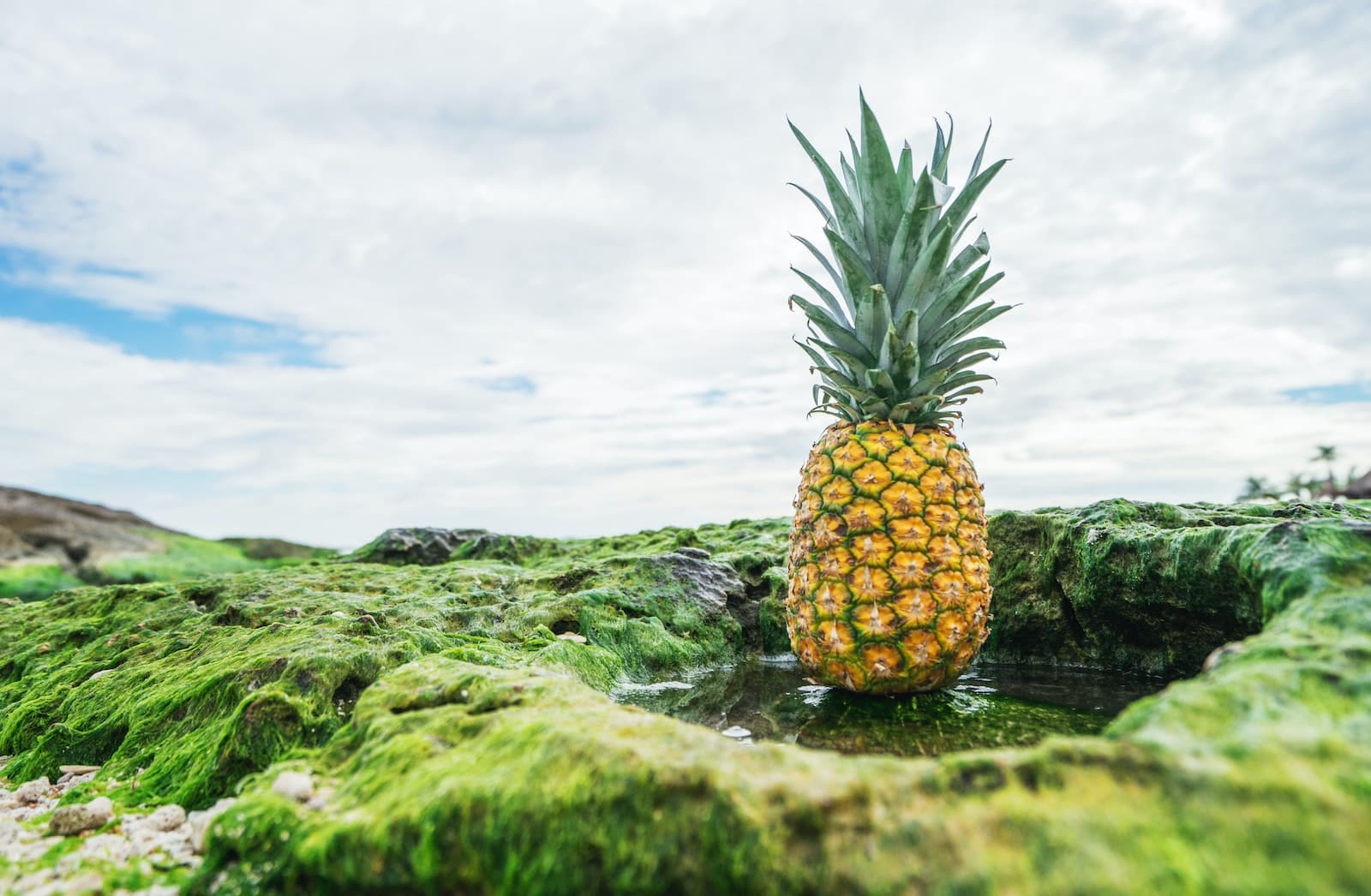I don’t know anyone who hasn’t tasted popcorn in their life, or tostones, as they are also often called and whose peak time to taste them in the past was All Saints’ Day or All Souls’ Day.
Now it is unforgivable to go to the cinema anywhere in the world and not provide yourself with a good box full of popcorn to taste while watching a movie or make them at home for the same purpose. In the past, they were made in a frying pan with a little sunflower oil and covered with a lid that had to be tightened while moving the frying pan so that they would not come out and the heat would cause the grains to burst.
Freshly made, you can put sugar or salt, to taste, and thus delight young and old alike.
But modernity has also reached this very natural product and we only have to put the bags in the microwave, greased inside with butter, and in a few minutes we have the popcorn ready.
But how did this discovery come about, which some have described as the metamorphosis that a worm undergoes when it becomes a butterfly?
The first traces of popcorn date back more than six thousand years in the Cueva de los Murciélagos in Mexico and also in different areas of Peru, where it was an essential part of the diet of these ancient civilizations. In addition to serving as food, popcorn was also very important in the religious ceremonies of the Mexican Aztecs and the celebrations and festivals of pre-Columbian Colombia, both as food and to make necklaces and headdresses.
With the landing of Christopher Columbus on that continent and the subsequent colonization of Latin America, Westerners began to have contact with popcorn. Christopher Columbus he noticed that the natives made hats and bodices out of popcorn, which they sold to the sailors. The use of them as crafts continues today.
Abate Juan Ignacio Molina, in 1788 wrote that corn came out:
“a quite tasty drink, and a very useful flour, first accustoming to grind it and roast it in a bath of sand: it is good that for this operation they prefer another species of corn that they call Caragua, which although much smaller in all its parts, swells in such a way in the sand bath, which acquires a much larger volume than the others, and gives a lighter and whiter flour, which, dissolved in cool or hot water with a little sugar, forms the two drinks that are called ulpo and Chercan.
In the north of the American continent, French settlers documented that the Iroquois Indians popped corn in hot clay bowls, with which they later brewed beer and soups. It was from these contacts between the natives and the colonizers that popcorn became very popular in Western cultures and became part of the diet of the thousands of settlers who arrived in America during the different migratory waves that started from the different nations of the old world.
The popularization and mass consumption of popcorn came thanks to the ingenuity of the inventor Charles Cretors, who in 1885 devised a machine that, using hot air, caused the uniform explosion of corn kernels. And how could it be otherwise, once the residents of the towns and cities, through which Cretors passed with his new popcorn machine to make it known, tried the delicious delicacy and did not want to continue living without it.
That is how, thanks to this new machine, popcorn became fashionable and began to be consumed as delicious entertainment at fairs and during shows and film screenings.
From that moment to the present day, the passion for popcorn has not stopped growing all over the world and has become one of the healthiest, tastiest, cheapest and most fun snacks on the market.
Throughout the world there are a lot of ways to refer to our unmistakable popcorn and depending on where you are they are known with names as curious as Crispetes, fuss, little corn, roosters, poporopos, poscon, poporochos, popcorns, pururú, pop, popcorn, canchita, cancha perlita, canguil, pororó, popcorn, chivitas, corn goats, tote corn, popcorn, rosettes, roses, bagels, tostones, cocaleca, etc.
Originally published at LaDamadeElche.com












